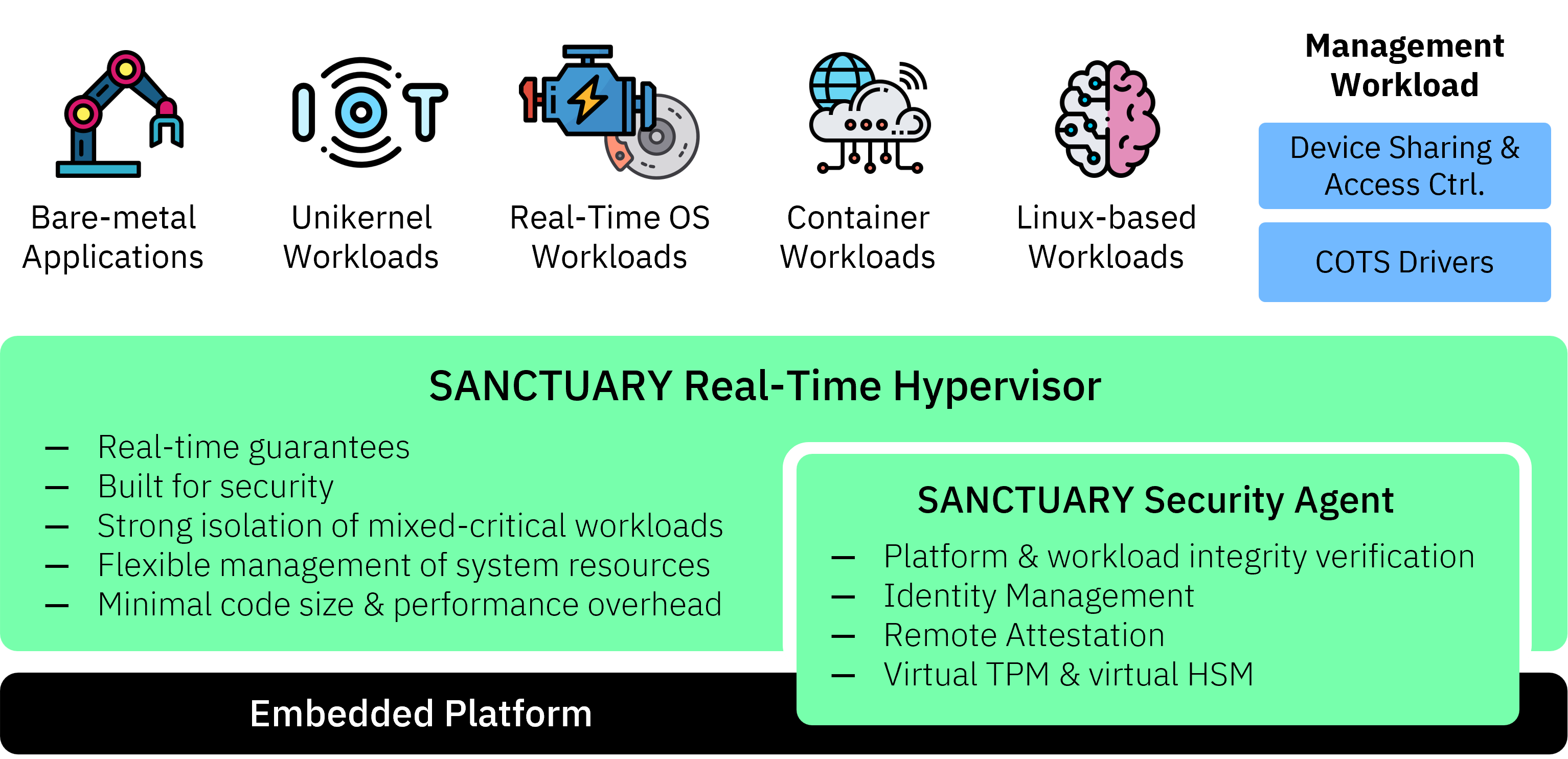Exploring the World of Zero-Trust File Sharing Platforms
Delve into the realm of Zero-Trust file sharing platforms, where data security takes precedence. This passage sets the stage for an informative journey filled with insights and revelations.
Zero-trust file sharing platforms are revolutionizing the way we safeguard our information in the digital age. Let's explore the intricacies of this cutting-edge technology.
Introduction to Zero-Trust File Sharing Platforms
Zero-trust is a cybersecurity concept that challenges the traditional notion of trust within a network. It operates on the principle of "never trust, always verify," meaning that no user or system should be automatically trusted, even if they are within the network perimeter.
Zero-trust file sharing platforms are tools that implement this concept by requiring strict authentication and authorization for any user or device trying to access shared files. This ensures that sensitive data is protected from unauthorized access, both within and outside the organization.
Popular Zero-Trust File Sharing Platforms
- Microsoft Azure Information Protection: A cloud-based solution that enables organizations to classify, label, and protect their documents and emails.
- Box Shield: Offers advanced security features such as access controls, threat detection, and data loss prevention to secure file sharing and collaboration.
- Google Workspace: Provides encryption, rights management, and access controls to ensure secure sharing and collaboration on Google Drive.
Key Features of Zero-Trust File Sharing Platforms

Zero-trust file sharing platforms are designed with unique features that set them apart from traditional file-sharing systems. These platforms prioritize security and data protection through various mechanisms.
Encryption for Data Security
Encryption is a fundamental feature of zero-trust file sharing platforms, ensuring that all data transferred or stored is encrypted to prevent unauthorized access. This process converts information into a code to protect sensitive data from being intercepted or compromised.
Access Control Mechanisms
Zero-trust platforms implement strict access control mechanisms to regulate who can view, edit, or share files. By setting granular permissions and authentication protocols, these platforms ensure that only authorized users can access specific files or folders, enhancing overall security.
Implementation of Zero-Trust Principles

Zero-trust principles are crucial in ensuring the security of file sharing platforms. By adopting a zero-trust approach, these platforms operate under the assumption that threats can come from both inside and outside the network. This means that no user or device is automatically trusted, and continuous verification is required to access resources.
Identity Verification and Multi-Factor Authentication
Identity verification plays a key role in zero-trust environments. Users are required to prove their identity through various means such as passwords, biometrics, or security tokens. Multi-factor authentication adds an extra layer of security by requiring users to provide two or more forms of verification before accessing sensitive data.
This significantly reduces the risk of unauthorized access even if one factor is compromised.
- Identity verification is essential to ensure that only authorized users can access files and data on the platform.
- Multi-factor authentication adds an extra layer of security by requiring users to provide more than one form of verification.
- Combining these two factors enhances the security of the platform and minimizes the risk of data breaches.
Least Privilege Access
The concept of least privilege access is another key component of zero-trust principles in file sharing platforms. It involves granting users the minimum level of access they need to perform their job functions, without providing unnecessary permissions. This ensures that even if a user's account is compromised, the potential damage is limited due to restricted access.
- Least privilege access limits the exposure of sensitive data to unauthorized users.
- By granting minimal access rights, the platform reduces the risk of data leaks or misuse.
- Regularly reviewing and updating access permissions is crucial to maintaining the security of the platform.
Security Benefits of Zero-Trust File Sharing Platforms

Zero-Trust File Sharing Platforms offer numerous security benefits for businesses looking to protect their sensitive data from cyber threats.
Enhanced Data Protection
Zero-Trust platforms implement strict access controls and verification mechanisms to ensure that only authorized users can access specific files. This significantly reduces the risk of data breaches and unauthorized access to sensitive information.
Continuous Monitoring and Risk Assessment
Unlike traditional file sharing methods that rely on perimeter security, Zero-Trust platforms continuously monitor user behavior and assess potential risks in real-time. This proactive approach helps in identifying and mitigating security threats before they escalate.
Prevention of Lateral Movement
One of the key security advantages of Zero-Trust platforms is the prevention of lateral movement within the network. By segmenting access and implementing strict controls, these platforms limit the ability of attackers to move laterally across the network in case of a breach.
Real-World Examples
Several high-profile security breaches have been prevented by implementing Zero-Trust principles. For instance, a major financial institution successfully thwarted a potential data breach when an employee's credentials were compromised. The Zero-Trust platform detected the unusual behavior and blocked access to sensitive data before any damage could occur.
Wrap-Up
In conclusion, Zero-Trust file sharing platforms offer a robust solution to data security concerns in today's interconnected world. By implementing stringent measures and advanced encryption, these platforms pave the way for a safer digital landscape.